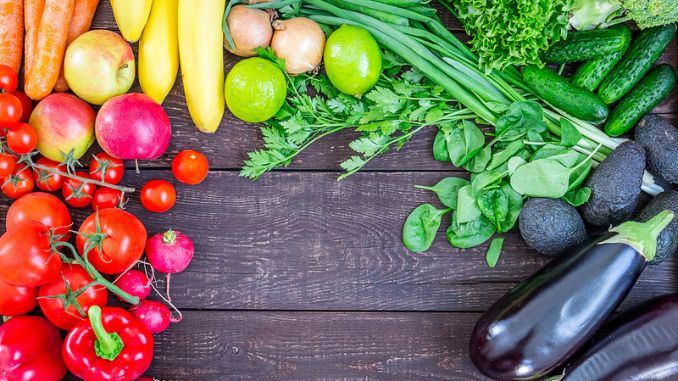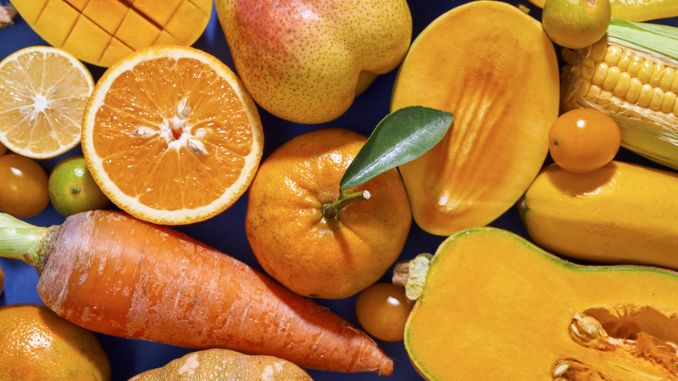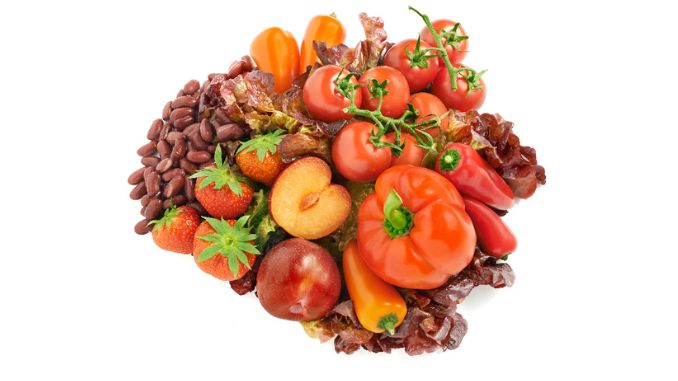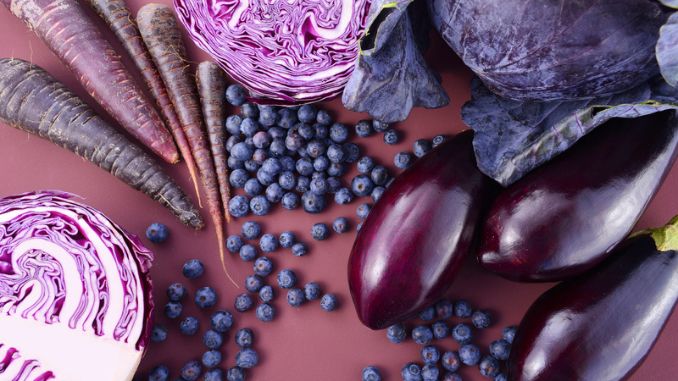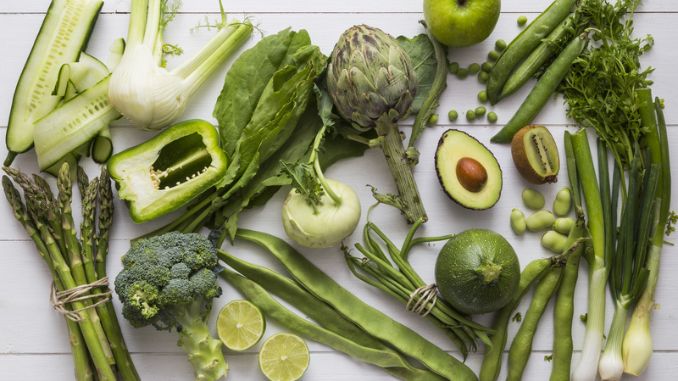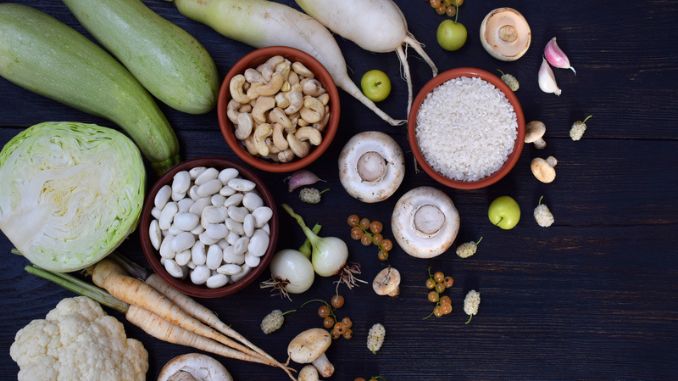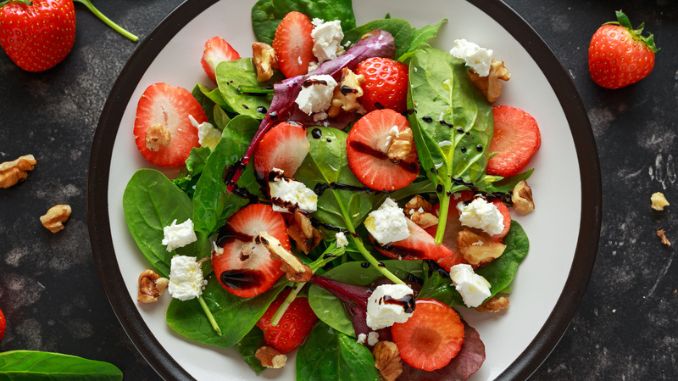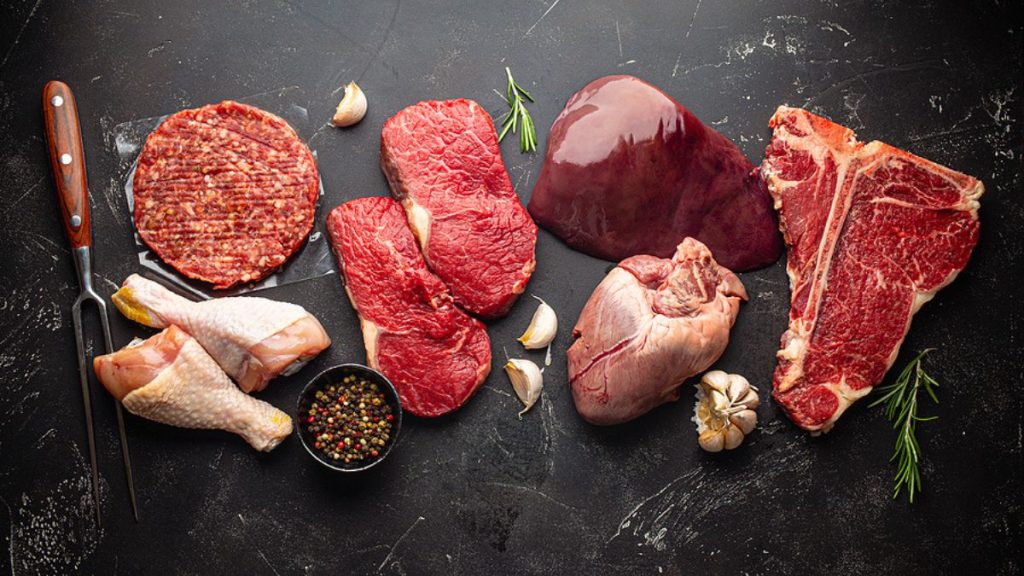The vibrant colors of fruits and vegetables are more than just aesthetically pleasing—they can tell us a lot about the nutrition and health benefits of eating them. Different colors of fruits and vegetables have different levels of vitamins, minerals, antioxidants, and other compounds that can benefit our health. Colors bring so much joy to our world. From the vibrant orange of a sunset to the deep blue of the ocean to the red of a Stop sign, we receive pleasure and information from the splash of color around us. Let’s explore what the colors of your fruits and vegetables are trying to tell you!
What Do Different Colors of Fruits and Vegetables Indicate?
Color is the first indicator of the nutritional value of any fruit or vegetable. The pigments in different fruits and vegetables are responsible for the different color pigments. These pigments provide the vitamins and minerals required by the body.
Red fruits and vegetables are high in vitamin C and good for the eyes, especially carrots. Orange fruits and vegetables are high in vitamin A, which is good for the immune system, skin, and lungs. Yellow fruits and vegetables are high in carotenoids, which is good for the eyes. Green fruits and vegetables are high in fiber and are good for the intestines. Blue and purple fruits and vegetables are high in anthocyanin, which is good for the heart. White fruits and vegetables are high in starch, which is good for energy.
Yellow and Orange Fruits and Vegetables
These fruits and vegetables are high in carotenoids, which are good for the eyes and the immune system. Generally, most yellow and orange fruits and vegetables have more beta-carotene than other colored vegetables. Yellow and orange fruits and vegetables include apricots, bananas, cantaloupe, carrots, grapefruit, honeydew melon, papayas, peaches, tangerines, sweet potatoes, and winter squash.
Foods have certain colors based on the vitamins they contain. Yellow and orange veggies and fruits get their beautiful hue from carotenoids. Carotenoids have been linked to:
- Healthier eyesight
- Stronger immune system
- Improved heart health
- Prevention for cancer
The most well-known carotenoid is beta-carotene, which helps your body access Vitamin A. Potassium, Bromium, folate, and C vitamins are also found in yellow and orange crops. It’s best to use variety whenever you cook, including sun-colored foods.
Red Fruits and Vegetables
These Red fruits and vegetables include red apples, red bell peppers, red grapes, red melon, red onions, red strawberries, red sweet potatoes, watermelon, and red tomatoes. Red fruits and vegetables are often associated with high levels of antioxidants such as Vitamin C, Vitamin A, and flavonoids, which may help protect against cancer and heart disease. Additionally, red fruits and vegetables are also high in lycopene, a phytonutrient that may help lower the risk of certain cancers, such as prostate cancer.
Blue and Purple Fruits and Vegetables
Blue and purple fruits and vegetables include blueberries, blackberries, cranberries, figs, grapes, plums, prunes, raisins, and red cabbage. These fruits and vegetables are high in anthocyanin, which is good for the heart. They are also high in fiber, antioxidants, and other vitamins and minerals.
Produce with blue or purple colors often have anthocyanins with antioxidant qualities. These pigments help protect the body from free radicals and may also contribute to the prevention of:
- Stroke
- Cancer
- Macular degeneration
- Heart disease
- Memory issues
Purple and blue produce boast many valuable minerals and vitamins, including:
- Folate
- Potassium
- C vitamins
- A vitamins
These colored foods also help prevent common eyesight issues, urinary tract infections, and immune problems.
Green Fruits and Vegetables
While many people associate green fruits and vegetables with healthy eating, the amount of antioxidants varies considerably. For example, broccoli is one of the richest sources of natural antioxidants, while other green fruits and vegetables are relatively low in antioxidants. Green fruits and vegetables include avocados, asparagus, broccoli, celery, cucumbers, green apples, green bell peppers, kiwi, lettuce, green grapes, pears, green beans, green onions, green peppers, spinach, sweet potatoes, and tomatillos.
The green hue of fruits and veggies comes from Chlorophyll. Green produce has indoles, which have been linked to a lowered cancer rate.
Lutein is also common among green foods and has been shown to support eyesight health.
In addition to these features, greens contain:
- K vitamins
- A vitamins
- C vitamins
- Folate
White Fruits and Vegetables
White fruits and vegetables are high in starch, which is good for energy. They are also high in fiber and other vitamins and minerals. White fruits and vegetables include beets, corn, eggplant, potatoes, rutabaga, salsify, and yams.
White foods contain allicin and polyphenol with antioxidant effects from anthoxanthins. These qualities have been linked to a decreased chance of cancer and heart disease.
White foods also contain:
- Potassium
- C vitamins
- Niacin
- Folate
- Riboflavin
Colorful Recipe For a Family On the Go!
Let’s look at how you can take this knowledge of producing color and put it to work for your body.
Super-Easy Strawberry Spinach Salad
Serves 4
You’ll Need the following:
- 3 cups spinach
- 1 cup strawberries
- 1 cup blueberries
- 1 cup raspberries
- 1 cup carrots
- 1/4 cup nut or seed of your choice (suggestions: cashews, walnut, sunflower seed)
- 1/8 cup cilantro (optional)
Preparation
Cut each strawberry into thirds, shred carrots, and cut or pull apart cilantro into 1/4 inch pieces. Combine all ingredients in a large bowl, and you’re ready for a real, feel-good meal!
Conclusion
The vibrant colors of fruits and vegetables are more than just aesthetically pleasing—they can tell us a lot about the nutrition and health benefits of eating them. Different colors of fruits and vegetables have different levels of vitamins, minerals, antioxidants, and other compounds that can benefit our health.
Exploring the color palette of fruits and vegetables can help us to understand which are most beneficial to our health. In general, red fruits and vegetables are high in Vitamin C, green fruits and vegetables are high in Vitamin A, yellow fruits and vegetables are high in carotenoids, and blue and purple fruits and vegetables are high in anthocyanin. White fruits and vegetables are high in starch.
Giving Your Body What it Loves
Did you ever wonder what would happen if you only ate fruits and vegetables? We researched and learned that it wouldn’t turn you into a superhuman; eating some fruits and veggies daily can do wonders. Nutrition experts recommend an average of 5 servings of fruits and vegetables daily. The next time you’re buying groceries, think “rainbow” and create a beautiful collage of color for dinner!

Rick Kaselj MS, is a leading kinesiologist and injury specialist as well as co-creator of the best-selling Unlock Your Hip Flexors program. Rick creates exercise programs that help people heal injuries and eliminate pain, so they can go back to living a full, active, healthy life.


